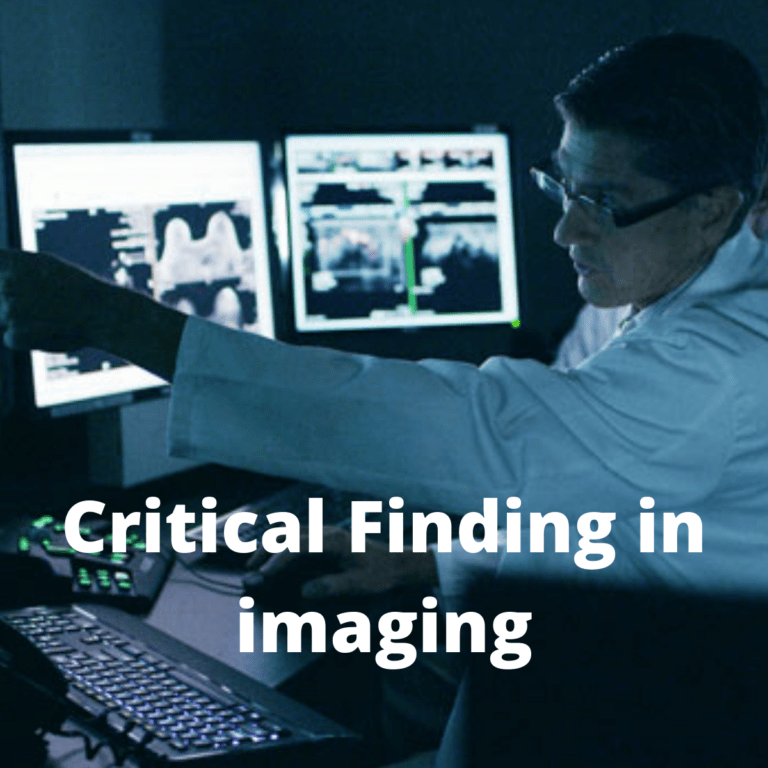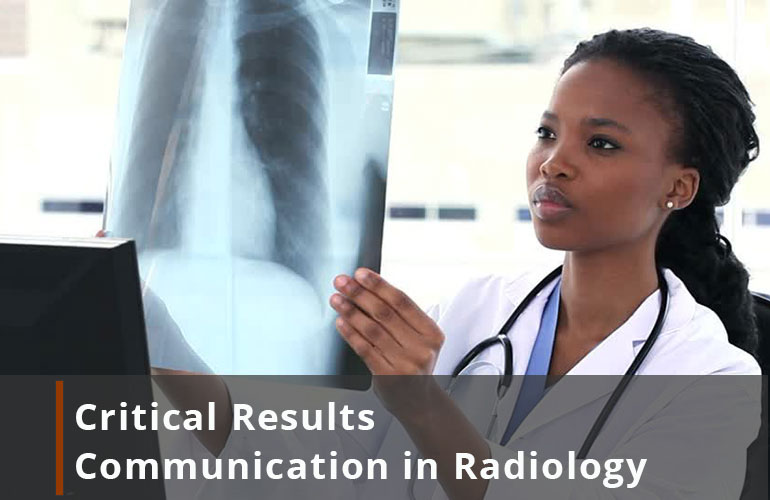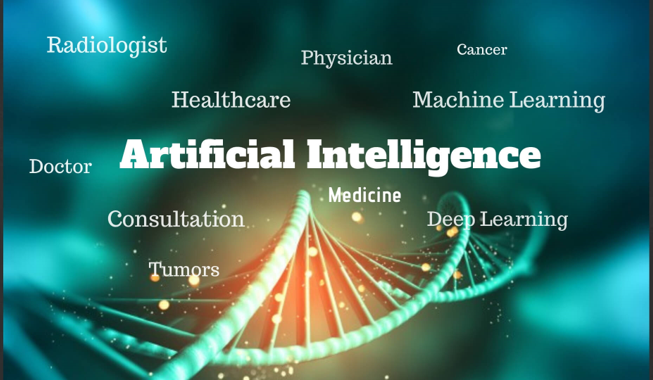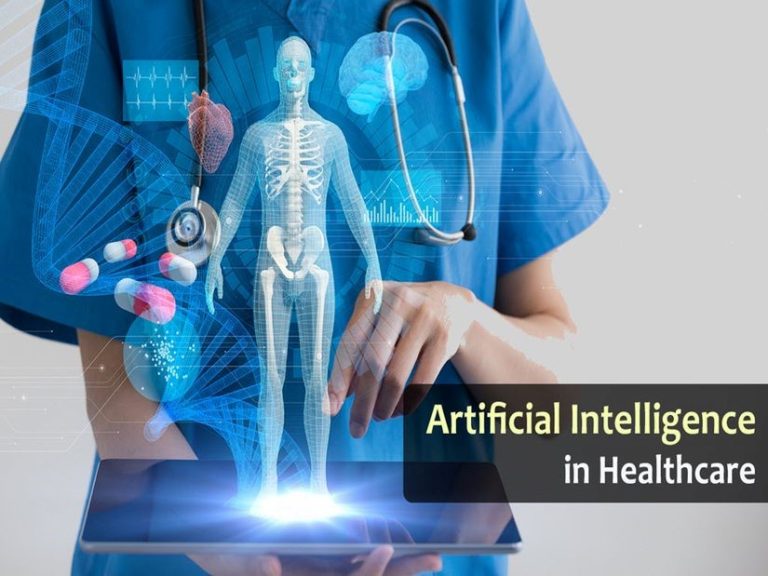Blog

Communicating
Critical Results (unexpected findings) in Radiology
Critical findings in imaging are the findings from imaging examination of a patient, which indicates that condition of the patient may be critical or even life-threatening. Whenever such critical findings are made, it is necessary that the treating clinician of the patient is informed immediately so that required interventions can be carried out in time. To be able to do so, a hospital needs to have a well-developed process of ‘identification and urgent communication of critical findings in Imaging’.
Such process should be able to achieve following objectives.
- Critical findings are identified while carrying out (or immediately after) the imaging examination
- Critical findings are not missed
- Non-critical findings do not get identified as critical
- The treating doctor of the concerned patients gets to know about the critical findings on an urgent basis
Defining critical findings:
Critical findings must be defined by the hospital/Imaging centers for a uniform understanding of all staff in the department. This is important also because other terminologies such as critical values, panic values, panic findings etc. are also used for the same situation.
A good definition of ‘critical imaging finding’ is, ‘A finding in imaging examination that requires immediate or urgent communication with the treating doctor of the patient. These finding reflect condition of the patient that are life-threatening or can cause life-long disability.
It shall also be clarified that critical findings are not same as abnormal findings. There can be findings that are indicative of a disease or health problem but unless the condition is serious enough and needs urgent intervention, they may not be considered ‘Critical’.
Communication of critical finding:
As soon as the finding is confirmed to be critical, the treating physician of the concerned patient shall be informed through the quickest mean possible. This communication shall preferably be done by the Radiologist, however, if the he/she is not available at the time, the junior doctor or the staff who did the examination must directly inform the physician.
In case physician is not immediately available to receive the communication, the resident doctor on duty or the nurse in-charge of the ward must be informed about the critical finding.
The verbal/telephonic communication shall be complete and incorporate following information
- Name of the patient
- Imaging examination performed
- Finding
What to consider in the process:
Consider the following recommendations:
- Create a critical results list and define different levels of criticality.
- Involve radiologists and emergency physicians in the creation of critical findings lists.
- Avoid creating a list that is too difficult to use because of its length and detail.
- Take into consideration the prevalence of findings based on the patient population.
- Analyze and revise the list regularly to reflect changing practice patterns and disease incidence.
- Define acceptable methods of communication for each category of critical results.
- Include clear identification and read-back directions for spoken transactions, for example:
- Identify yourself.
- State the emergency nature of the call.
- Verify the identity of the person receiving the result.
- State the name of the study and the critical results.
- Request a read-back of the patient’s name and critical results.
- Document the interaction, including the date, time, and names of both parties.
- Identify where spoken critical result communications should be documented (e.g., PACS, final radiology report, or log).
- Include clear identification and read-back directions for spoken transactions, for example:
- Define by whom and to whom critical results should be reported.
- Outline the information that should be included in documentation of direct critical result communication, including:
- “Critical result” as a lead off to the documentation
- The name of the person to whom the results were reported
- The date and time
- The method of communication
- What was discussed
- An assertion that the communication was understood
- Identify who should receive the results if the ordering clinician is not available.
- Monitor and evaluate critical results communication procedures.
- Determine whether critical results are being communicated in the time frames designated in the policy.
More details in below links
- American College of Radiology. ACR Practice Parameter for Communication of Diagnostic Imaging Findings. (Resolution 11) 2014.
- Alyssa Martino. “Getting the Message: How Can Radiologists Best Communicate Critical Test Results?” ACR Bulletin. 2015, 3.
- David L. Weiss, et al. “Radiology Reporting: A Closed-Loop Cycle from Order Entry to Results Communication.” Reference Guide in Information Technology for the Practicing Radiologist. 2013. DOI: 10.1016/j.jacr.2014.09.009
- The Joint Commission. “National Patient Safety Goals for the Hospital Program.” National Patient Safety Goals. Goal 2, NPSG.02.03.01. Effective January 1, 2021.




